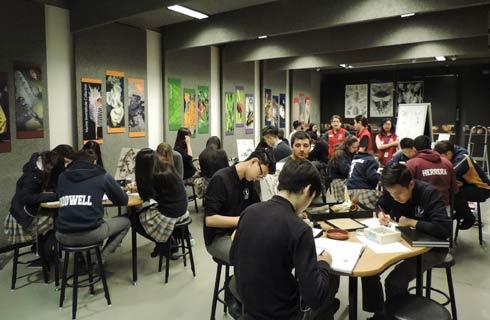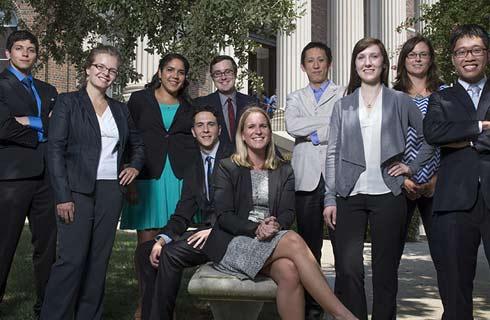Bachelor of Science/Master of Science in Structural Engineering

学历文凭
Combined Baccalaureate and Master's Prog

专业院系
Structural Engineering

开学时间

课程时长

课程学费

国际学生入学条件
TOEFL minimum scores Internet-based: 83, Paper-based: 550. IELTS minimum score of 7 (Academic module). International applicant must earn a GPA of 3.4 (or better) with no grapde lower than C.
IDP—雅思考试联合主办方

雅思考试总分
7.0
- 雅思总分:7
- 托福网考总分:83
- 托福笔试总分:550
- 其他语言考试:Duolingo English Test - 115
CRICOS代码:
申请截止日期: 请与IDP联系 以获取详细信息。
课程简介
相关申请
 预科
预科 奖学金
奖学金 实习机会
实习机会 在校学习
在校学习 跨境学习
跨境学习 校园授课-线上开始
校园授课-线上开始 在线/远程学习
在线/远程学习
开学时间&学费
学费信息仅供参考,请与IDP联系以获取详细信息
| 开学时间 | 时长 | 学费 | 地点 |
|---|
学校排名

世界排名30
数据源:
泰晤士高等教育世界大学排名
本校相关课程

Master of Arts in Music
学历文凭
Masters Degree
开学日期
课程费用总额


Master of Business Administration
学历文凭
Masters Degree
开学日期
课程费用总额


Master of Fine Arts in Writing
学历文凭
Masters Degree
开学日期
课程费用总额


Master of Arts in Latin American Studies
学历文凭
Masters Degree
开学日期
课程费用总额


Master of Arts in History
学历文凭
Masters Degree
开学日期
课程费用总额


Master of Arts in Global Health
学历文凭
Masters Degree
开学日期
课程费用总额

其他相关课程

工学学士-建筑养护与可持续性工程(结构)
 卡尔顿大学
卡尔顿大学泰晤士高等教育世界大学排名:511
学历文凭
Bachelor Degree
开学日期
课程费用总额


土木工程工程科学学士-结构工程
 韦仕敦大学
韦仕敦大学学历文凭
Bachelor Degree
开学日期
课程费用总额


安大略大学研究生证书,结构钢管理和详图(可选合作社)
 康尼斯托加理工学院
康尼斯托加理工学院学历文凭
Graduate Certificate
开学日期
课程费用总额


建筑工程技术文凭:结构
 新不伦瑞克社区学院
新不伦瑞克社区学院学历文凭
Bachelor Degree
开学日期
课程费用总额


土木工程技术文凭-结构工程技术
 红河理工学院
红河理工学院学历文凭
Bachelor Degree
开学日期
课程费用总额


土木工程应用科学硕士-结构与地震工程
 不列颠哥伦比亚大学
不列颠哥伦比亚大学学历文凭
Masters Degree
开学日期
课程费用总额










 美国
美国
